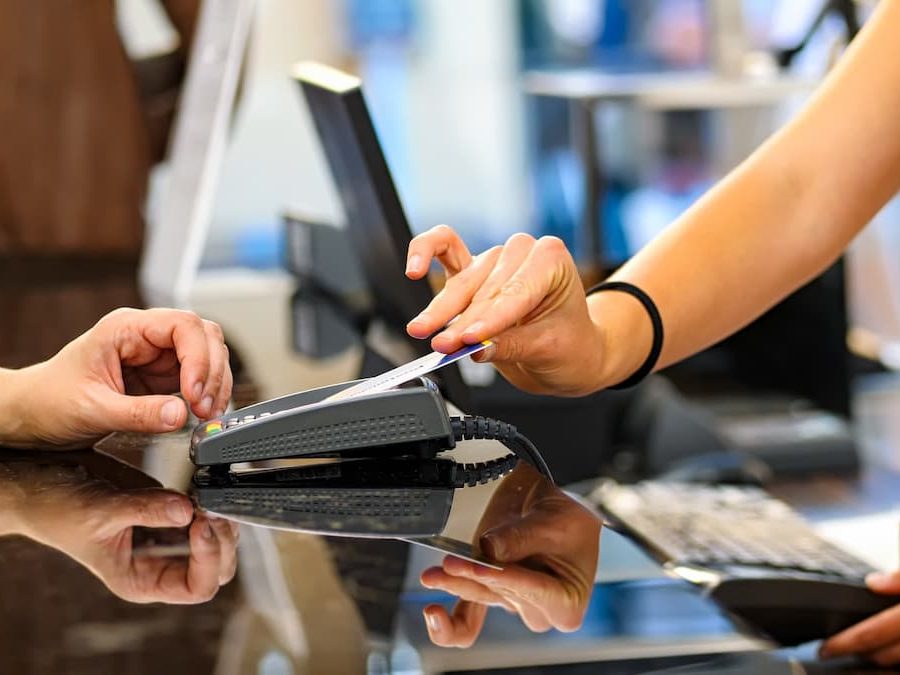The ways in which we pay for the goods and services we purchase have evolved quite a lot over the years. Traditional payment methods such as with cash and checks are being replaced by a wide range of different electronic payment options – e-wallets, credit and debit cards, mobile payment apps, and so, so much more. Because of all this variety however, individuals exhibit varying preferences for certain payment methods. Which aspects influence them to choose one varies from person to person; let’s look at a few examples of what those aspects could be.
Convenience and Ease of Use
For many people, what they consider the most influential deciding factor is how convenient and easy it is to use a particular payment method. People are more likely to choose one that aligns with their lifestyle. As an example, a mobile app allows you to check your account balance on the go, allowing you to pay for whatever you need online whenever and wherever without the need to go to the nearest ATM, go in line, and withdraw cash. And so, apps such as PayPal and Paxum have gained popularity due to their ability to store multiple cards and facilitate quick transactions – all with just a few taps on a smartphone or tablet. People have come to rely on the benefits these payment methods bring to the table nowadays.

Security and Trust
Security is another crucial factor that people consider influential when deciding on a payment method. The alarming rise in cybercrime and data breaches in recent years have made individuals increasingly concerned about the safety of their financial information. Because of this, people tend to gravitate towards payment methods that offer robust security measures. Credit and debit cards, for instance, come with built-in security features like chip-and-pin or contactless payments, which can provide an extra layer of protection against fraudulence. Other methods instead utilize encryption technologies and biometric authentication methods in order to secure transactions. Either way, a safe and secure payment method may influence newcomers and veteran buyers alike to trust and prefer one payment method over the other.
Cultural and Generational Influences
What you and others may not realize often is that cultural and generational factors also play a significant role in shaping payment preferences. Different kinds of cultures and age groups have varying levels of trust and acceptance towards certain payment methods, which may be influenced based on historical, societal, or technological factors. For example, cash remains the dominant payment method in some regions, either due to a lack of infrastructure for electronic payments or cultural preferences for tangible currency. Whereas, those of whom have grown up in a digital world are more likely to accept mobile payment solutions and other innovative technologies.
In Conclusion
Preferences for payment methods are influenced by various factors, and as long as technology continues to advance, so too do payment methods. And individuals’ preferences may continue to evolve. By understanding these influencing factors, businesses and financial institutions can tailor their offerings to cater to the diverse needs and preferences of consumers, ultimately providing a seamless and secure payment experience.